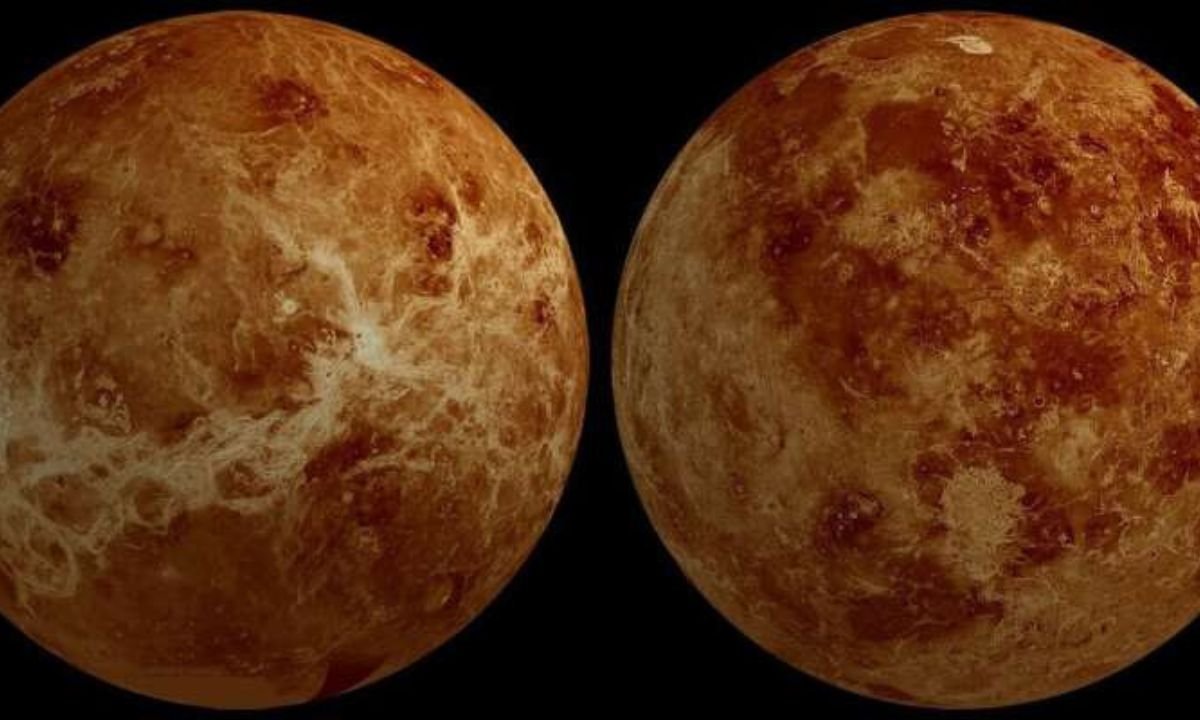Life may exist in sulfuric acid clouds of Venus, a new study shows
A new study has shown that some forms of life may exist in the sulfuric acid clouds of Venus. A team of scientists and chemists from Worcester Polytechnic Institute, Nanoplanet Consulting, and MIT conducted this research. Scientists have found signs that a type of life using sulfuric acid may exist in the clouds of Venus.
However, past studies have shown that if Venus had any kind of life, it would probably not be on the surface. Because it is too hot there, but in the clouds, where it is cooler, more like Earth. But earlier studies have also shown that Venus’ clouds are mostly sulfuric acid and not water.
Sulfuric acid is corrosive and odorless on Earth that made up the clouds. The researchers noted that there is no evidence that all living things need the same type of liquid to survive.
In this new research, they wanted to see if sulfuric acid could be used to grow some form of living thing. So, they looked into whether amino acids could stay stable when soaked in sulfuric acid at temperatures similar to those in Venus’s clouds.

Click here to read the updates on Mud Lake on Mars may hide signs of life
They examined 20 biogenic amino acids by suspending tiny samples in sulfuric acid jars for four weeks at temperatures. They observed it in cloud layers 48 to 64 kilometers above the surface of Venus. Scientists discovered that 19 amino acids were either unreactive or chemically changed in ways that allowed life to exist.
The researchers conclude that if amino acids get to the clouds that cover Venus (for example, by a meteor). They could combine with other organic matter from a meteor to form a sulfuric acid medium for living things.
Amino acids are the building blocks of proteins necessary for life on Earth. Researchers also suggest their results increase the number of possible planets in other parts of the world that could support life.
Read More:
- Scientists created superflies to eat human poop & clean streets
- Samsung Galaxy Z Flip 6 5G features, specifications & price
- NASA sent first 4K video from aircraft to the space station
- Dogs behave depressed after sensing stress in dogs, study shows
- Australian govt issued notice to tech companies to report on child abuse
- Oppo K12x 5G release date, features, specifications & price
Share this content:









Post Comment